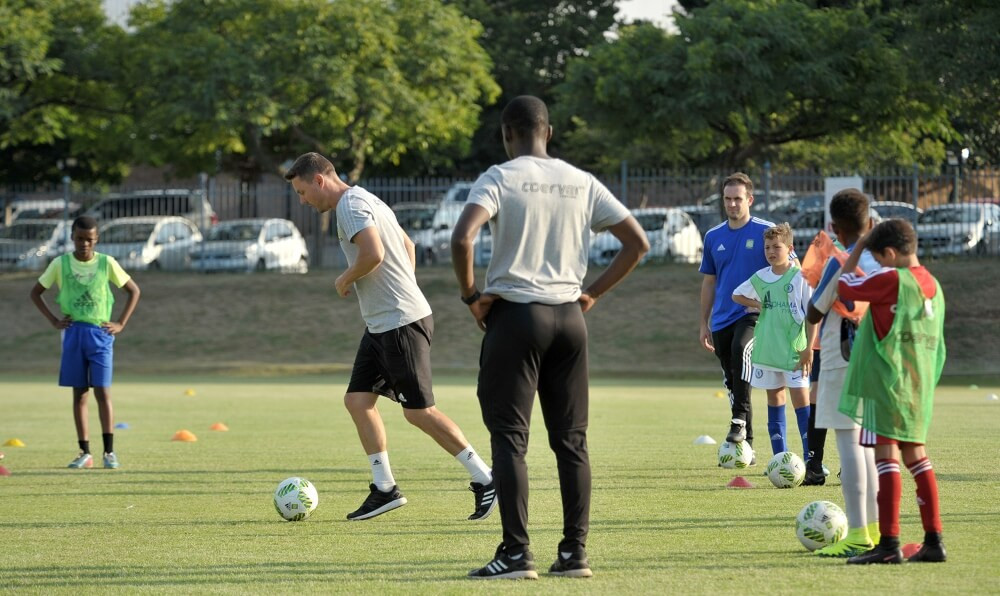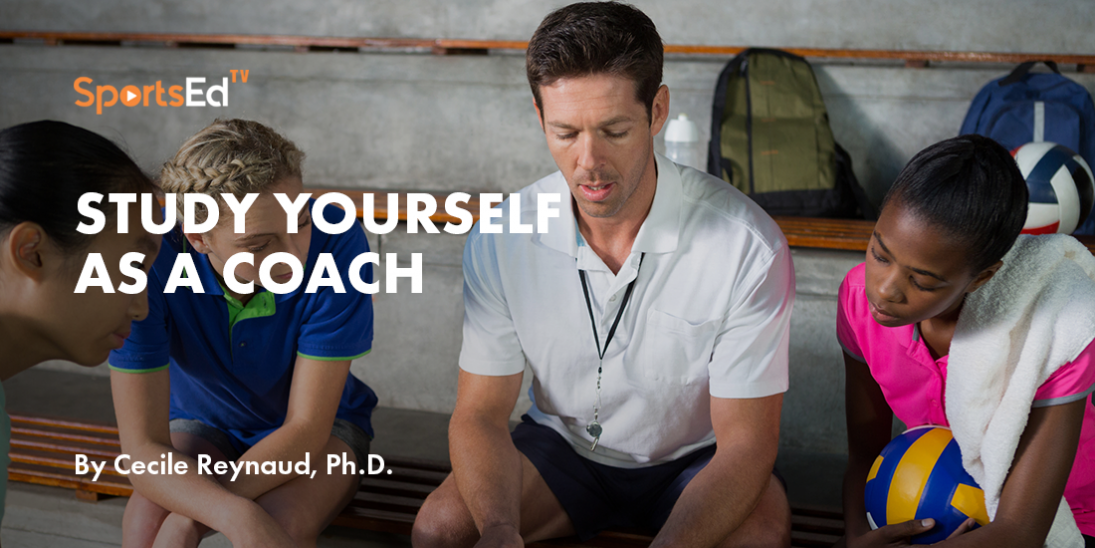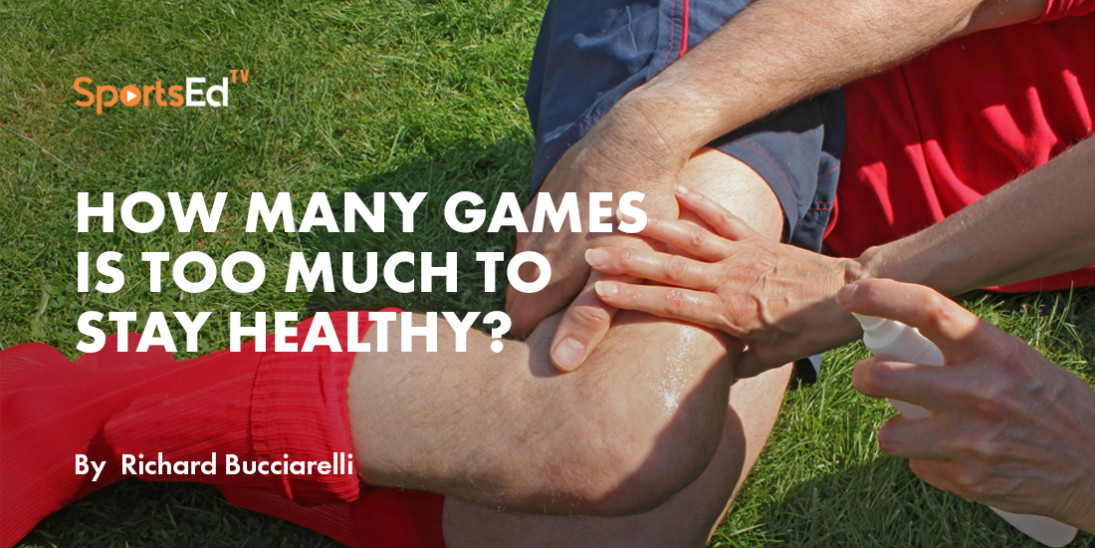Soccer
Welcome and thanks for visiting...

Formations, Positions and Roles in Defense in Soccer
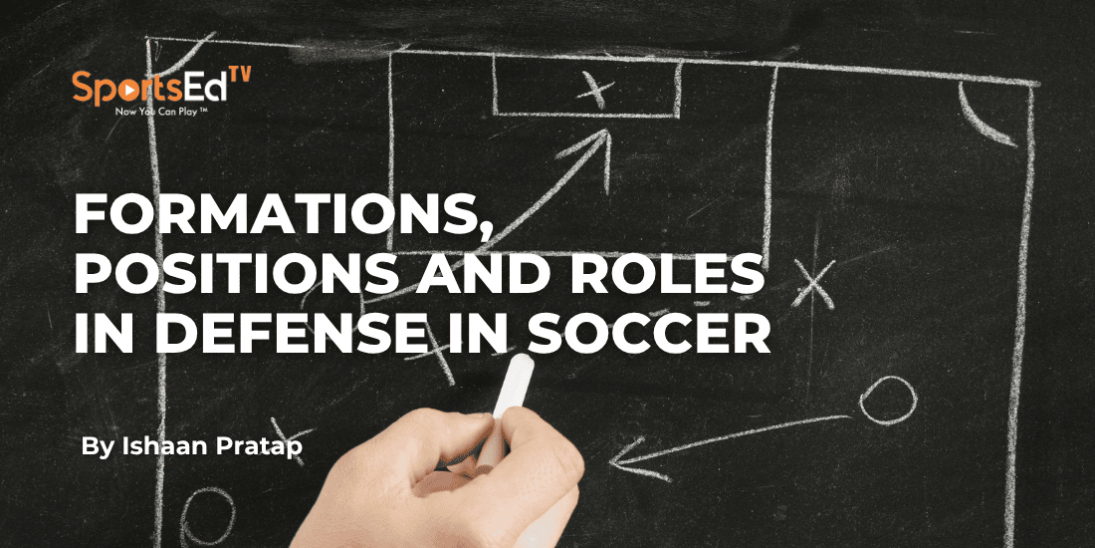
Formations are like blueprints for how a team plays. They’re the way a team sets up on the field, with each number in a formation showing how many players are in defense, midfield, and attack.
The backline is crucial to prevent opponents from attacking and scoring. A reliable defense also contributes to building up and creating goal-scoring opportunities for their team.
In this blog, we will go over some of the setups used by teams around the world and analyze the roles of defenders in these formations.
4-3-3 and 4-2-3-1 Formations: Balanced Defensive Systems in Football
Setting up with 4 players in defense is one of the most standard formations—two center backs and full-backs on both wings.
The center backs mark the opponent’s attackers and are responsible for keeping the ball away from their box. The full-backs are positioned to defend against opposition wide players and overlap to support their own wingers in attack.
This formation gives teams stability at the back, which allows them to quickly transition between defending and attacking. It can be adjusted during the game to position midfielders and forwards in more advanced or deeper roles.
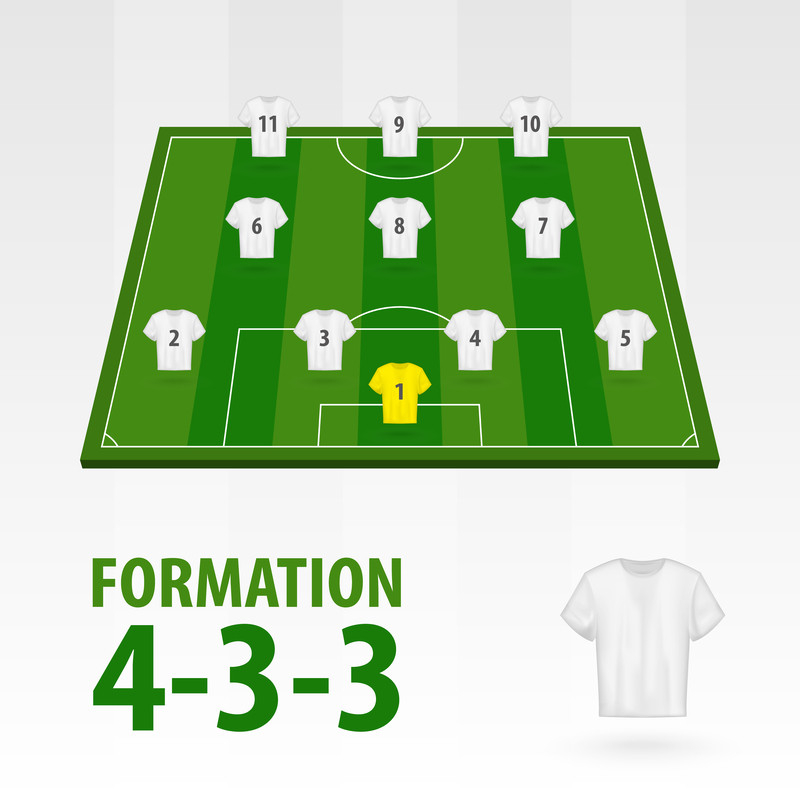
3-4-3 Formation: Offensive Strategy with Three at the Back
Some teams play with a “3 at the back” formation—three center backs and two wing backs. Wing-backs are like full-backs with less defensive responsibilities and can drive forward more. The extra central defender gives the team’s forwards and wing-backs more freedom to attack the opponent’s goal.
This formation gives a team more options in attack, wing backs can play high up the field without leaving their defense vulnerable to counter-attacks. However, the team’s midfield could be weaker with an additional defender and fewer players in the middle of the pitch.
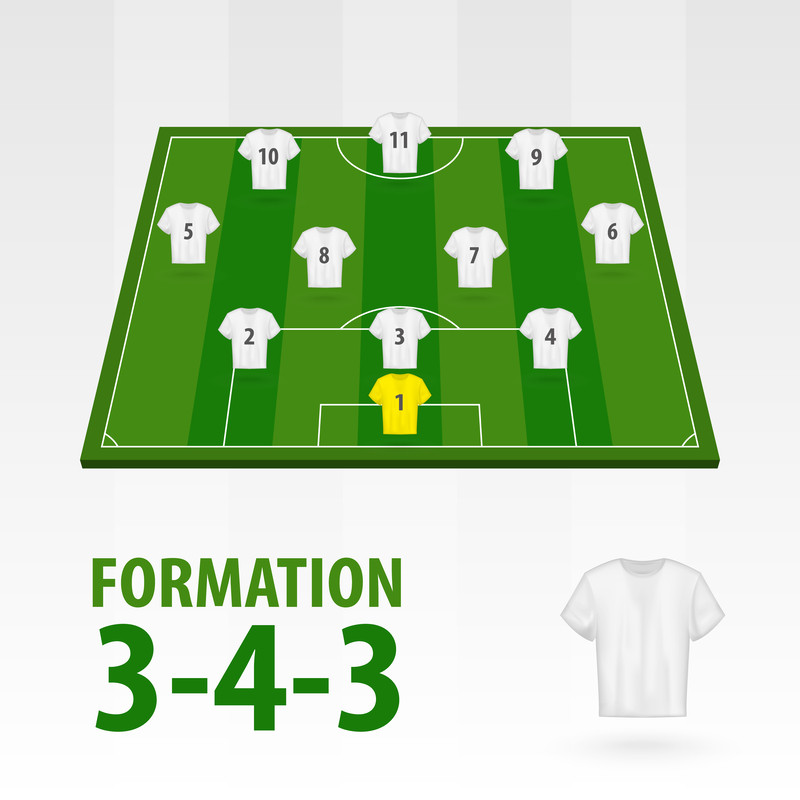
Defender Profiles in Soccer: Key Roles and Responsibilities
Every team plays with its own system, and each player’s role is crucial for its success. Defenders have different roles depending on the formation their team is using. Let’s take a closer look at the various types of defender profiles that teams play with.
Inverted Full-Back Role: Tactical Flexibility in Modern Soccer
A traditional full-back’s starting position is on the wings close to their own box. Inverted full-backs have the same responsibilities defending against wingers and supporting their players in attack.
However, inverted full-backs are also expected to make runs and position themselves in midfield. This gives teams a numerical advantage in the middle of the field and allows midfielders to advance high up the pitch.
Reliable inverted full-backs can progress the ball upfield, beat the opponent’s press, and have excellent distribution skills to keep control of possession.
Wing Back in Soccer: High-Energy Attacking and Defensive Duties
Wing-backs are positioned similarly to full-backs, except they’re further forward, closer to the opponent’s goal. They don’t have the same defensive duties and are given more freedom to be offensive and create chances.
They’re responsible for staying wide and making overlapping runs to support their forward line. Wing-backs must have the stamina to constantly be going up and down the flanks and be quick enough to outrun opposing wingers and full-backs.
Ball-Playing Center Back: Modern Central Defender With Passing Skills
Most central defenders are expected to stop opponent forwards from scoring and clear the ball away from their box. Modern center backs are expected to do that and be skilled with the ball at their feet.
Ball-playing center backs contribute in build-up phases and progress the ball forward. They’re good at receiving passes under pressure, dribbling, and distributing the ball to players in advanced positions.
Many teams play with a high backline and their defenders positioned up the field. Central defenders who are defensively solid and tidy with the ball help teams control the game through maintaining possession and limiting how much space the opponent can play into.
Case Studies: Elite Defenders Redefining Modern Football
Trent Alexander-Arnold: Redefining the Inverted Full-Back Position
Trent Alexander-Arnold plays as a right-back for Liverpool and the England national team. In their systems, Alexander-Arnold starts out on the right flank and moves to central areas in midfield.
These positions give him more passing options and the ability to make an impact on the game from deeper, central areas of the pitch. Alexander-Arnold is one of the most progressive passers in the world and creates a lot of goal-scoring opportunities for his team’s forwards.
He recently set a record to become the defender with the most assists in Premier League history. He’s created over 488 chances in the league and provided 61 assists, with only three players beating his record since he made his debut.
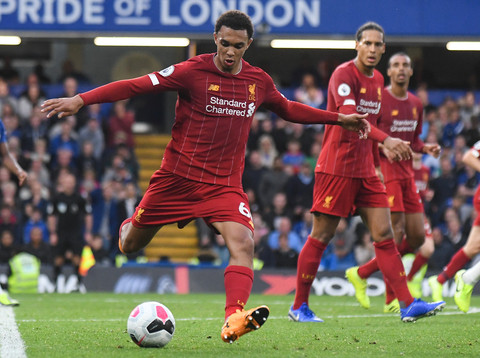
Denzel Dumfries: The Role of an Attacking Wing Back
Denzel Dumfries plays for Inter as a right-wing-back. He’s a major presence down the right flank and has been instrumental in their run to the Champions League Final.
Dumfries has scored 9 goals and provided 5 assists across all competitions this season. He scored two important goals and gave an assist in Inter’s semifinal win against Barcelona.
Dumfries excels at making runs down the wing and getting into advanced positions where he can cross the ball into the opponent’s box. He adds a different dimension to Inter’s attacking play by facilitating their transitions from defending to attacking.
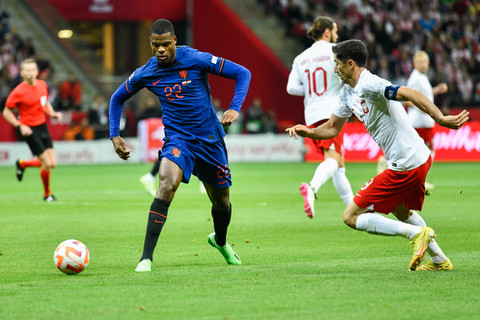
Gerard Piqué: The Prototype Ball-Playing Center Back
Gerard Piqué is a former Barcelona and Spanish national team player who played as a center-back.
Piqué was a highly intelligent player, solid defensively with the ability to read the game and intercept the opponent’s build-up play.
His passing range was exceptional, and he was very comfortable with the ball at his feet, helping Barcelona play out from the back and enabling their signature tiki-taka play style.
Piqué was a big factor during one of their most dominant periods in the sport, winning multiple league titles and the Champions League.
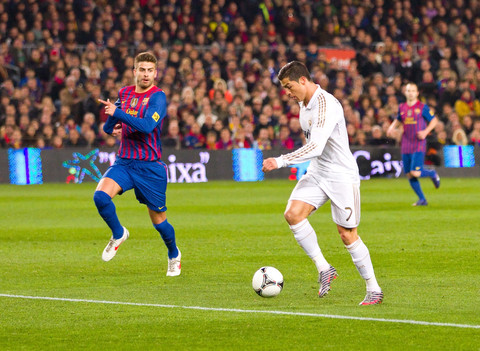
Evolving Defensive Roles and Formations in Soccer
Defensive roles and positions are crucial for a team’s success. Formations and tactics are constantly evolving in the modern game, and defenders are expected to do more than just stop goals—they initiate and contribute to their team’s attacking play.
Whether it’s the versatility of an inverted full-back, the high energy of a wing-back, or the composure of a ball-playing center back, these roles bring unique qualities that shape teams' play styles. These roles showcase how defenders are increasingly becoming more influential in the game. As the game continues to develop, so will the responsibilities of the backline.





